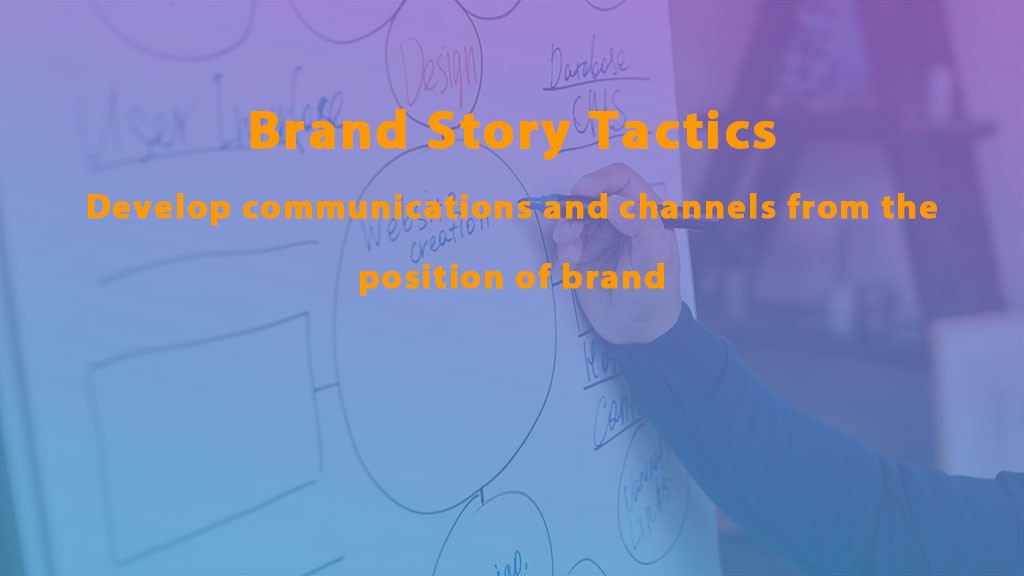Star Wars IV First Act Outlined with Storyteller Tactics and Fabula
What it would look like to outline the original Star Wars film Episode IV: A New Hope using the cards in the Storyteller Tactics and Fabula decks?
What are the Storyteller Tactics Cards by Pip Decks made for?
Pip Decks were created to help people create better presentations, establish brand stories, motivate teams, and provide clarity through the power of story. The deck can be effectively applied to advertising, pitches, presentations, speeches, social media, video production, webinars, and it can also be utilized in the creation or assessment of long-form stories like Star Wars Episode IV: A New Hope.
When analyzing a film, the Pip Decks help you identify the overarching conflict, the motivations that drive characters, and the scenarios or scenes within which conflict occurs.

Applying the Fabula Storytelling Deck
If you want to fully assess films using story structure, I also recommend applying the Fabula Storyteller Deck to each film. It follows the “Three Act” storytelling structure on which most films are based. For example, the deck suggests using a prologue to set the scene. In Star Wars IV: A New Hope, the film opens with a text crawl that lays out the perilous scenario for the rebels fighting an evil empire.
The Fabula deck helps you outline the flow of the major and minor narratives within your story and then helps you structure the order of scenes and sequences as read or seen by the audience.
Three Pip Decks cards that drive the story include:
Dragon and the City Pip Decks Card
The Dragon and the City card frames things around social organization. The “city” is whatever social organization you are working toward or want to protect. The “dragon” is whatever threats are endangering, attacking, or stealing from the city you are working to build.
In Star Wars there are really two competing “Dragon and the City” worldviews. Those who support the rebellion are trying to break away from an authoritarian regime that has taken over the universe. They think back to a time when a council of federated cultures worked together through a council to negotiate trade and law. From their perspective, the Empire is an evil dragon that has overthrown a democratic system with authoritarianism and obliterated or subjugated the unique, distinct cultures that existed throughout the universe.
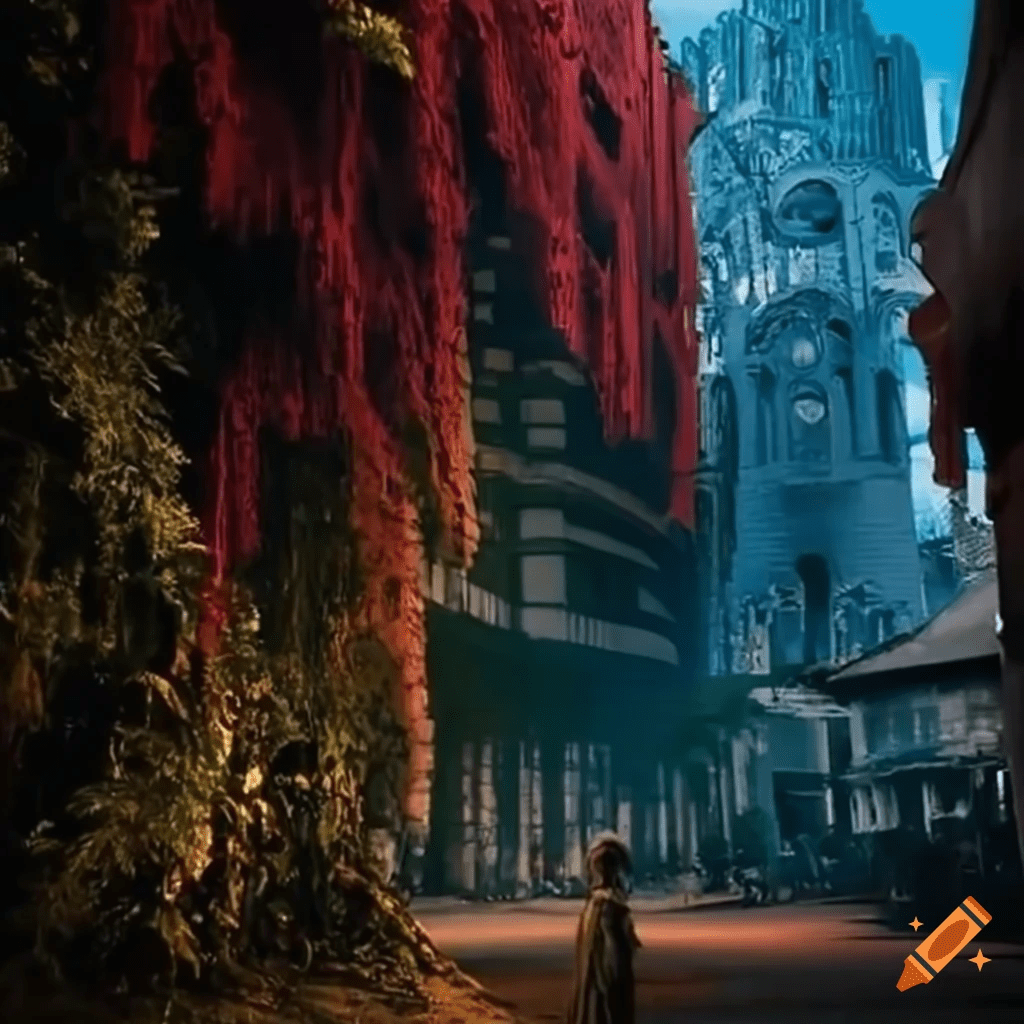
The Empire, on the other hand, believes they’ve used appropriate force to bring the universe into a simple, clear, autocratic structure. The rebel alliance is their “dragon” that is attacking and pilfering from the system they have created. They see the diversity of cultures across the universe as chaos that needs to unify under one single authority for the purpose of efficiency.
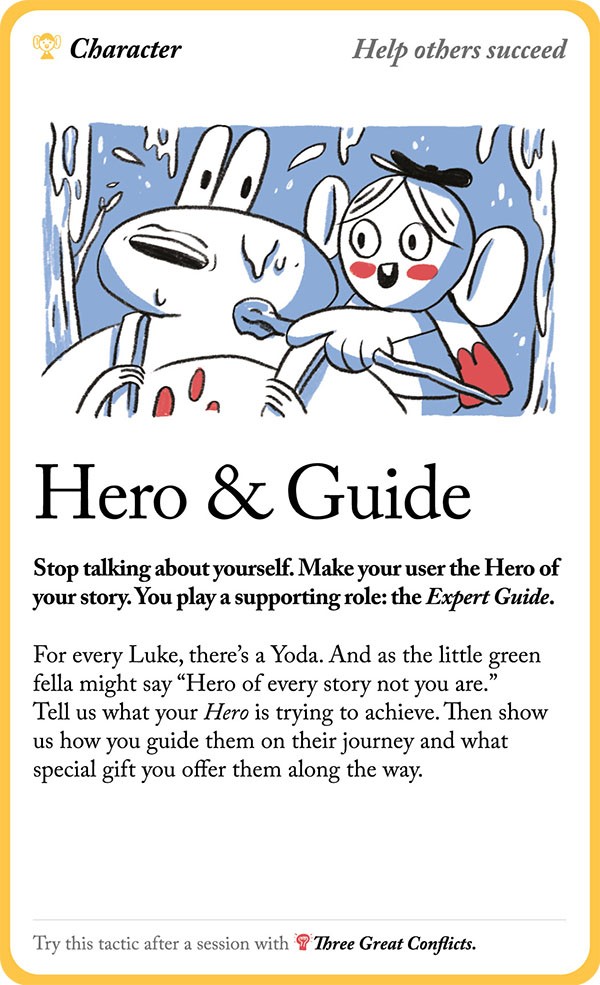
Hero and Guide Pip Decks Card
Another Storyteller Tactic that is important to Star Wars IV: A New Hope is the hero and guide card. In the Pip Decks world, the Hero and Guide card is about branding. In early brand strategy, companies focused on their narrative – where they came from and where they were going. Over time, brand strategists realized that the customer’s journey was the most important. Many companies changed their focus from their organization’s narrative to their customers. In doing so, they started to follow a story structure as old as time – Gandalf provides mentorship to Frodo. Obiwan provides guidance and training to Luke.
Luke Skywalker becomes our hero, set to go on a journey, but he needs tools and training. Obiwan provides the light saber, teaches him how to attune himself to the force, helps Luke let go of ego and trust instinct.
Man in a Hole Pip Decks Card
When we get into character development, one of the most important cards from the Storyteller Tactics deck to use in evaluating character arcs is called “Man in a Hole.” The idea of this card is the protagonist is stuck in a situation and they don’t know how to get out. In storytelling it’s most powerful when, to get out of the hole the protagonist is in, they not only have to do things differently, but they actually have to change the way they think, feel, or engage with the world.
In Star Wars episode IV many of the characters are stuck in a hole. Luke is stuck on his home planet. He wants to leave his world and join the rebel alliance, but he can’t. His ties to his uncle and the family farm are too strong. He could just walk away, but he feels an obligation to stay. When storm troopers kill his aunt and uncle, he’s got no more reason to be stuck. He can go on his journey.
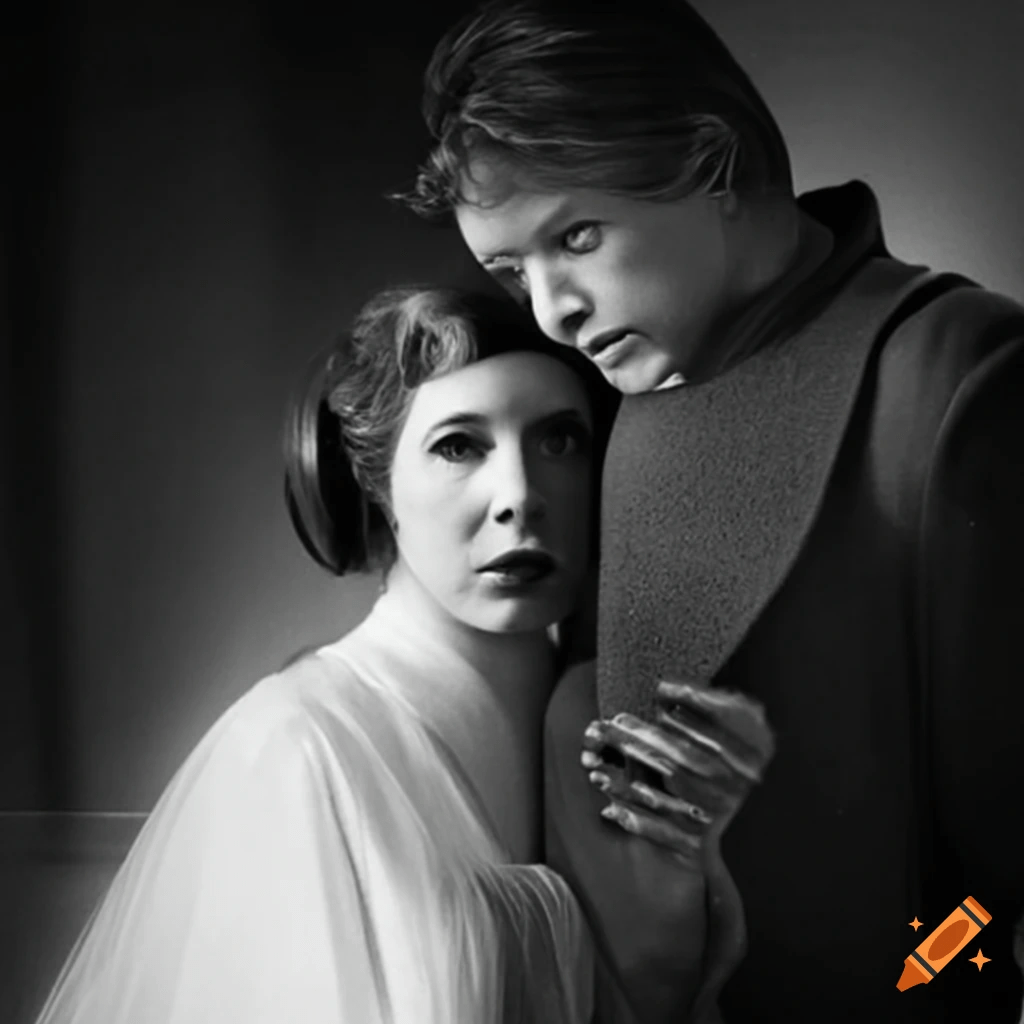
Leia Faces Her Daddy Issues
Han Solo, the smuggler Ben Kenobi hires to get Luke and his band of rebels off of Tatooine, seems like a self-made man, but guess what? He’s also a man in a hole. He’s got a bounty on his head from local warlord Jabba the Hutt. He doesn’t want to take the job of smuggling people – that’s not his thing – but he needs the money to get out of the debt that has been placed on him.
Princess Leia is in her own hole. Her ship has been overtaken by forces of the Empire, and she has no way out. She has been entrusted with the plans to the Death Star, and in a desperate move, she gives the plans to a droid with the mission to get off the ship and to take the plans to Obiwan.
Each of these people in a hole stories come together in a trash compactor on the Empire’s Death Star, about the worst place they could find themselves. Unless they change, stop infighting, and work together, they’ll never get free.
Assessing Star Wars IV First Act from the Fabula story perspective
If we look at Star Wars IV: A New Hope through the lens of the Fabula story perspective card, we are looking at things with an exterior, more objective view (rather than from the perspective of one of our characters). We are positioned on the side of the rebels. Story perspective is important because it helps us identify with the main characters rather than their opponents.
Fabula Story Arc
The Fabula deck helps us put these and other Storyteller Tactics cards into a three-act structure.
In a narrative, we need to see the world as it is, we need to see what has to change, and there have to be some pressures that force the characters out of their ordinary world.
Star Wars IV: A New Hope uses these key “beats” to drive the story forward. Luke is stuck in his hole, on the family farm. He’s dealing with equipment maintenance, finding good droids that can help him run the farm, racing his speeder, and wishing he could go on a real adventure. Ben is living his monastic life in the desert after having rejected society and its conflicts.
Just off the planet, things begin to change. Leia’s ship is captured, and she gives two droids the blueprints of the Death Star, instructing them to find Obiwan, ultimately creating a disruption in the ordinary world of these characters. The droids make it to the planet but are captured by creatures that trade in scrap and droids. You can see where this is going…
Once Luke sees his Aunt and Uncle murdered by the Empire, he can run and hide, or he and Obiwan can stop being stuck in their small worlds, and engage in the greater conflicts in the universe.
Interpreting or building your own story
We are only to the inciting incident, a point in the first act that pushes our characters enough to make a change and go on their journey. To fully assess Star Wars IV: A New Hope using the Storyteller Tactics and Fabula, we would need to put many more story cards to work.
You can get your own Storyteller and Fabula decks in order to build your own stories. Whether you are writing or assessing a book, play or novel, the combination of these two decks helps you build up the structure of characters, scenes, story conflicts, and the overarching narrative of the story. Get your Storyteller Tactics deck with a 15% discount using our affiliate link, and your Fabula deck with a 10% discount when you enter our affiliate code at checkout.
Storyteller Tactics
A deck of story recipes to empower your presentations, pitches, and even scenes in a larger narrative structure. Storyteller Tactics comes with 42 prompts that can develop your brand, your story, or your world.
Fabula Deck

Get 10% off when you enter our affiliate code MURDOCK10 at checkout!
Draw on the power of the three-act structure and a clear development and editing process as you develop your book, film script, play, or graphic novel. This deck helps you visualize the relationships between characters as you build your story.
Want to learn more about Story development?
Take my online brand building class, get the Storyteller Tactics deck, or begin with one-on-one coaching to shape your next project.
Take the Course!
The Branding Class for Artists, Small Businesses, and Anyone Who Wants to Make a Big Impact teaches the foundational framework of branding. Develop your brand platform, then connect it to your messaging. By the end of the course you’ll have actionable tools you will use each time you create content and messaging.
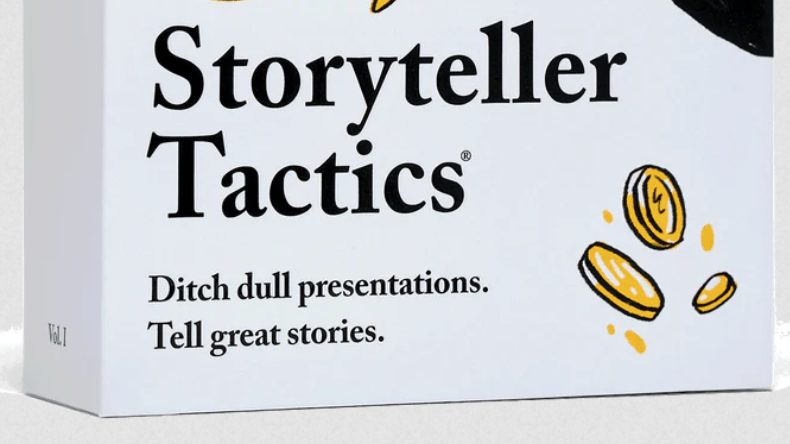
Get Storyteller Tactics
The Storyteller Tactics Deck includes 54 recipes that will immediately impact your storytelling. From pitch decks to ads, blogs, webinars, trainings, coaching, and more, these tools help you connect with your audience so they will remember, the “say, think and do” outcomes you are aiming for in your communications.
One-on-One Coaching
Stuck on the development of your communication pillars, key messages, or content? Let’s create a custom coaching plan to get you over the hump. The goal of coaching is to move you from doubt to clarity on your messages and communication tactics that help you build real resonance and relationships with your audience.



